
21/10/2025
Fewer flights on two Ryanair routes from Poland to Germany
Copy link

Ewelina Winiarczyk
1 października 2025
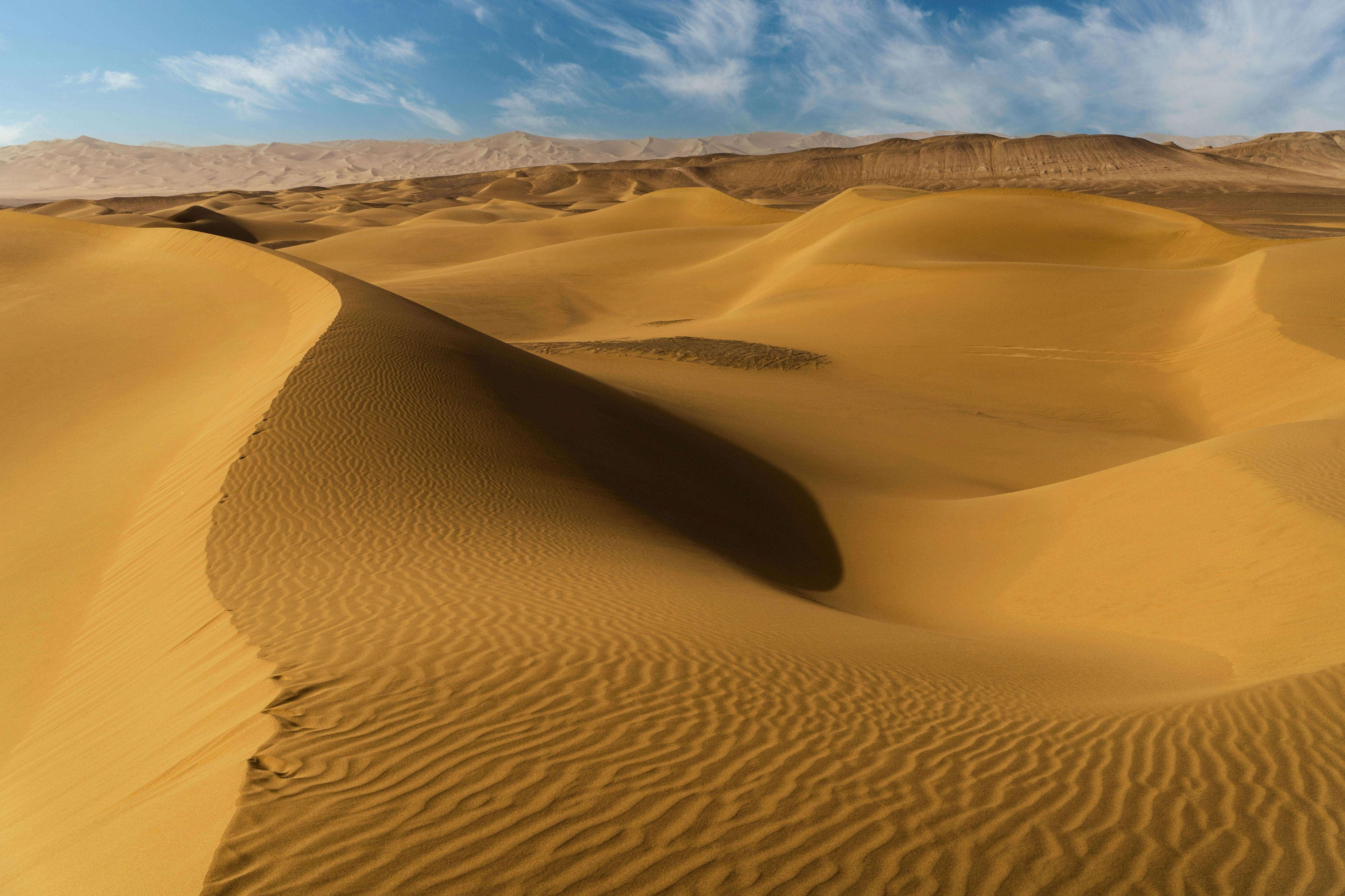
If you dream of a place that transports you to a world completely different from anything you know, the Ar-Rab al-Chali Desert (also known as Rub' al Khali) is the perfect destination. It is a place where you feel tiny in the face of the power of nature, and the horizons covered with waves of sand remind you that there are still the driest regions in the world, which hide many secrets.
Ar-Rab al-Chali is not only the largest sand desert in the world, but also an area that has fascinated travelers and explorers for centuries. It covers over 650,000 square kilometers, which is larger than the entire country of France. This vast sea of sand occupies a significant part of the Arabian Peninsula, and four countries lie beneath its desert expanse: Saudi Arabia, Oman, the United Arab Emirates, and Yemen.
It is the largest area of sandy desert on our planet - uninterrupted, without forests or lakes, just endless dunes and flat spaces. The western part of the desert features sand mountains, while the east is adorned with slightly more varied landscapes. For many centuries, the region remained virtually inaccessible, and the first comprehensive studies did not begin until the 20th century. Other travelers followed in Thesiger's footsteps, and his notes, published in book form, immortalized the beauty of this place forever.
The climate of Ar-Rab al-Chali is harsh and uncompromising. It is one of the hottest places on earth - during the day, the temperature can exceed 55°C, and at night it can drop rapidly to several degrees below zero. During the year, rainfall is almost zero, which is why the region is considered one of the driest regions in the world.
Sandstorms are a daily occurrence here. They can last for hours, and sometimes even days, causing vast areas to disappear under a thick fog of dust. From a bird's eye view, you can see flat stretches of sand that seem to go on forever, varied only by longitudinal and transverse dunes. Some of them reach a height of 300 meters and are even called massive dunes.
When traveling through the desert, you can see not only the dry beds of old rivers, but also traces of ancient lakes. These unique geographical formations remind us that the climate of this region was once milder. Today, however, on the steep slopes of sand dunes and during spectacular sunsets, you can watch nature paint landscapes full of light and shadow.
At first glance, the desert seems to be a lifeless land. However, there are species in the desert that have been able to adapt to extreme conditions. The fauna of the desert is represented by insects, lizards, scorpions, gazelles, and desert foxes. Camels, faithful companions of the Bedouins, allow them to travel across this vast expanse, and goats are also grazed on the edges of the desert.
It is worth mentioning the Arabian oryx, which used to inhabit Rub' al Khali. Unfortunately, the population became extinct, most likely due to drought, but in recent decades, reintroduction programs have been carried out, which are slowly restoring it in the region.
As for vegetation, the desert is covered with rare tufts of grass and small shrubs, which appear mainly in dry riverbeds and oases. In the northeastern part of the desert, you can find sparse strips of greenery, and in the southeastern part, there are oases that have been a resting place for caravans for centuries.
Rub' al Khali is a place that hides many surprises. One of the biggest mysteries are the meteorite craters and smaller craters visible on the surface. They bear witness to cosmic collisions that took place thousands of years ago.
Another interesting fact is that rich oil deposits have been discovered in the desert. Intensive exploration for raw materials began in the mid-20th century, and today oil is extracted in many places. It is thanks to this that the region has gained strategic economic importance.
Rub' al Khali also appears in tradition - the books of Arab sailors contain descriptions of this boundless space, and for centuries the Bedouins have called it by its old Arabic name ar rimal, which means “sands.” Interestingly, the boundaries of the desert are still a subject of debate. In the southeast, there are disputed areas along the border between Oman and Yemen.
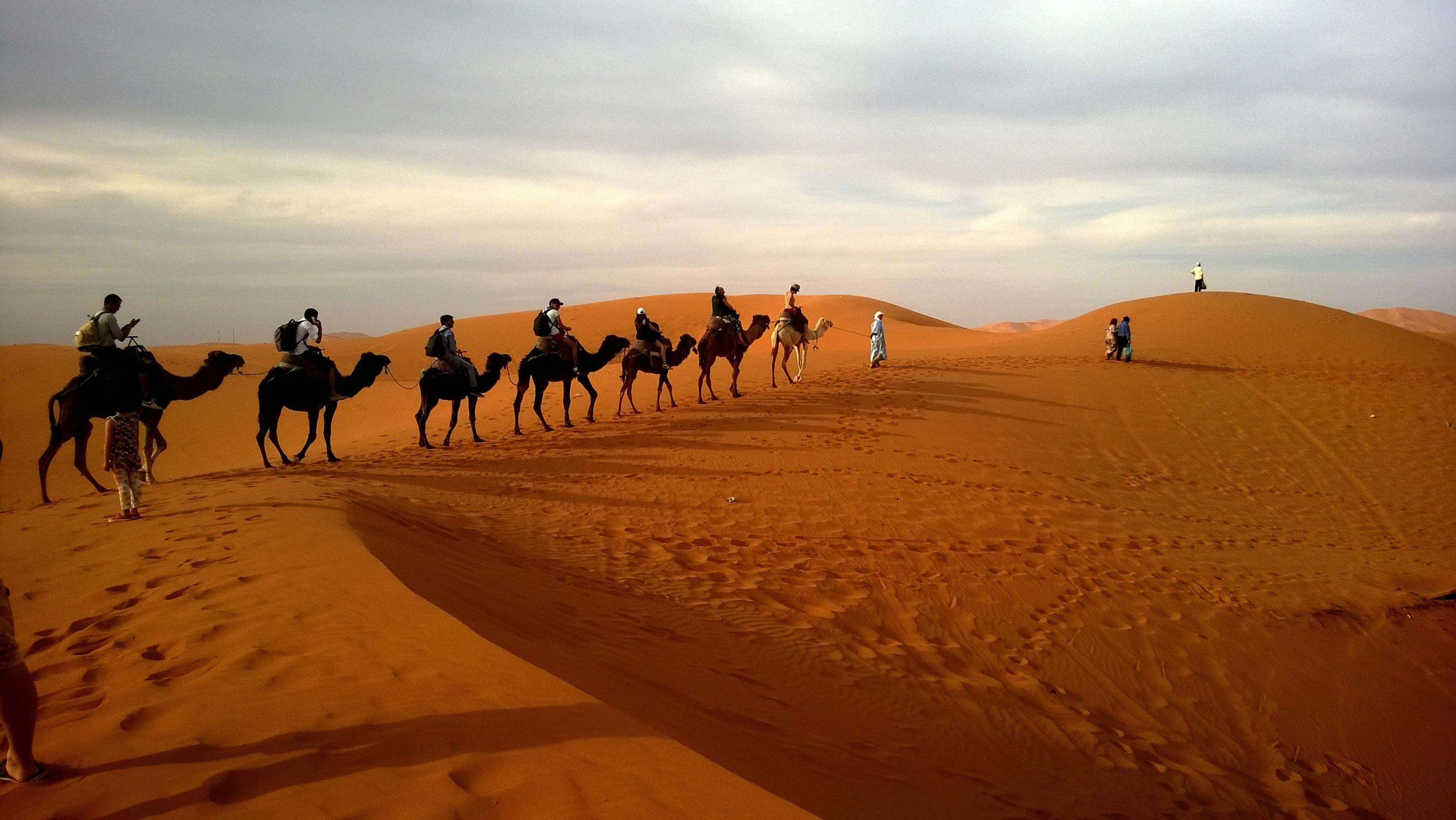
Just a few decades ago, traveling to Rub' al Khali was a challenge, and expeditions to the region were the domain of only the most persistent explorers. Today, however, you can go on organized trips through the desert, which allow you to experience this extraordinary land.
Luxurious desert resorts are being built in the Emirates, offering the opportunity to explore the desert in comfortable conditions. This is a great option for those who want to experience the atmosphere of the desert without sacrificing comfort.
During such a trip, you can see the wonders of nature, from monumental dunes to the dry beds of long-dry rivers. There are off-road vehicle rides on large dunes, as well as accommodation in traditional Bedouin tents. Watching the sunsets and the night sky, which in this dry region of the world seems to be within reach, is an unforgettable experience.
For nature enthusiasts, there are also trips to a protected area where efforts are being made to restore the natural balance of the ecosystem. And if you want to feel the spirit of the early explorers, you can follow the routes that the first explorers took twice across the desert in the 20th century.
The Ar-Rab al-Chali desert is a land of unlimited beauty and vastness, where there are both transverse dunes and multi-story sand massifs. It is the largest desert in the world, whose Arabic name “Rub' al Khali” - literally translated as “Empty Quarter” - reflects the character of this place.
Although it has been a mysterious and inaccessible land for centuries, today it opens up to travelers, offering both adventure and luxury experiences.
It is a journey to the heart of nature, to a place that shows how little it takes to feel the power and beauty of the world in its purest form.
When planning a trip to the desert, don't miss out on other attractions in Dubai. You can organize your trip on your own or take advantage of ready-made packages prepared by Two Continents.
1. Where is the Ar-Rab al-Chali desert located?
The Rub' al Khali Desert is located in the south of the Arabian Peninsula, covering vast areas of Saudi Arabia, as well as parts of Oman, Yemen, and the United Arab Emirates. It is a vast area considered to be the largest sand desert in the world.
2. Is it possible to visit the Ar-Rab al-Chali desert?
Visiting the Ar-Rab al-Chali desert is possible, but due to the difficult climatic conditions, it is best to go there with an experienced guide or as part of an organized trip. In Saudi Arabia and the United Arab Emirates, tourists can enjoy jeep rides, stays in elegant desert resorts, or accommodation in traditional Bedouin tents, allowing them to safely discover the charm of this extraordinary desert.
3. How was the Ar-Rab al-Chali desert formed?
The Ar-Rab al-Chali desert was formed as a result of centuries of geological processes and climate change, which caused the former rivers and lakes in the south of the Arabian Peninsula to dry up completely. Over time, vast layers of sand covered the surface of this land, forming continuous stretches of desert with impressive dunes that can still be seen today.
4. Is the Ar-Rab al-Chali desert completely uninhabited?
The Ar-Rab al-Chali desert is not completely uninhabited, although its vast areas remain virtually uninhabited due to extreme conditions. On the outskirts, there are a few Bedouin settlements, and in some places, oil extraction work is also carried out.
See other news

21/10/2025
Fewer flights on two Ryanair routes from Poland to Germany
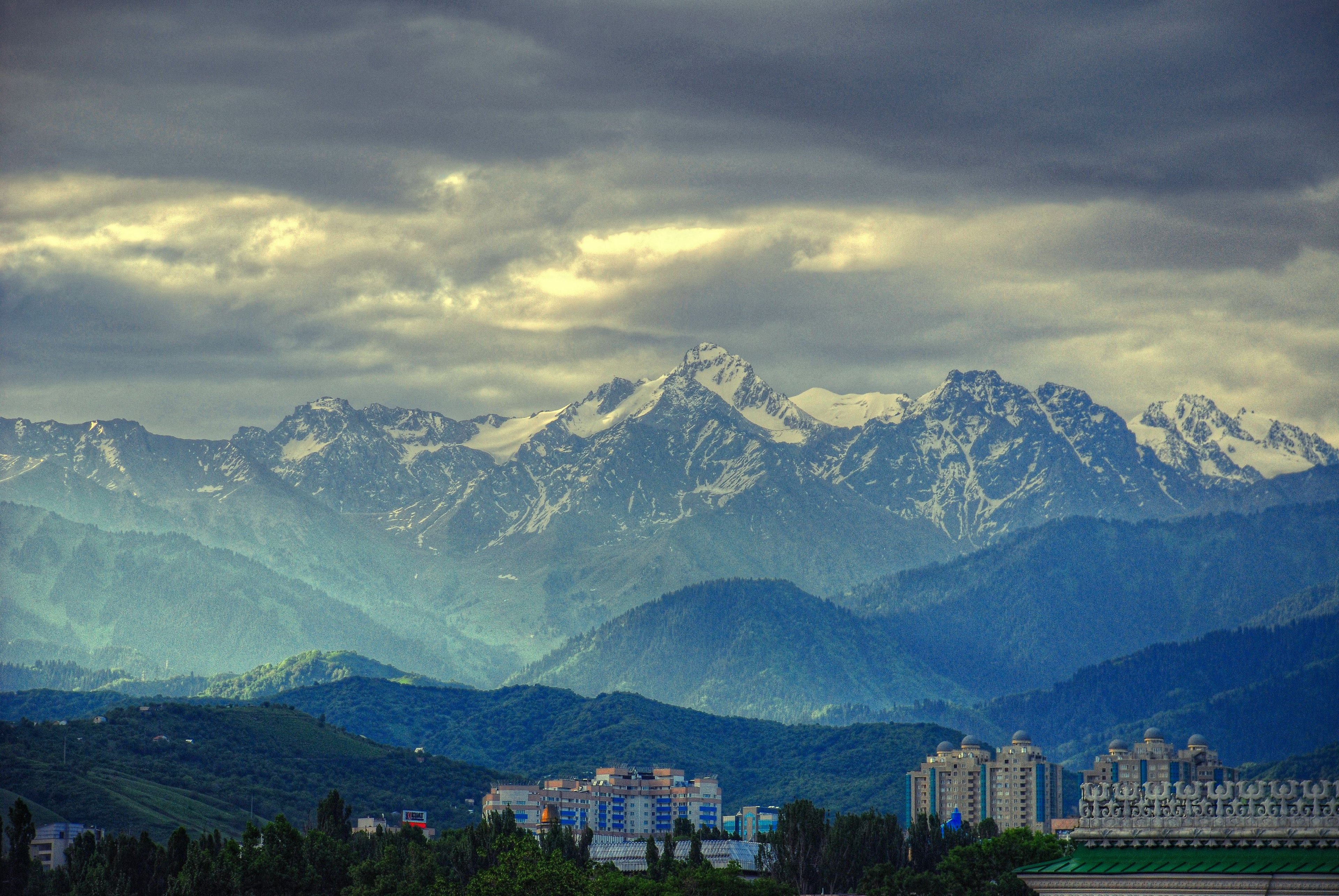
20/10/2025
LOT will launch a new route from Warsaw to Almaty!

17/10/2025
Ryanair cancels connection from Gdańsk to Riga

17/10/2025
Wizz Air is not withdrawing from Glasgow after all
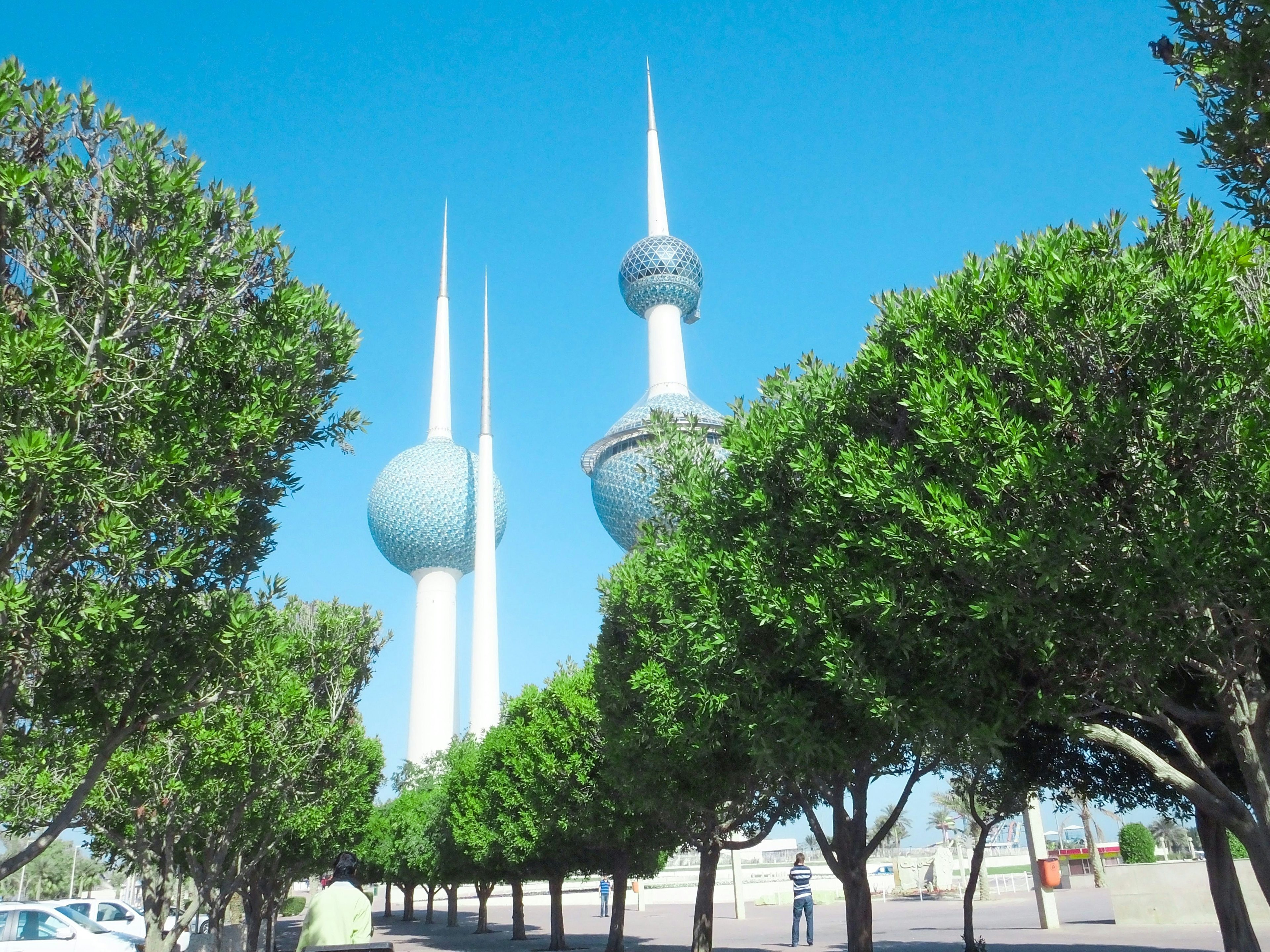
17/10/2025
Gdańsk may gain a direct connection to Kuwait

17/10/2025
News from flydubai: complimentary meals and no charges for in-flight entertainment

16/10/2025
The best restaurants in Deira, Dubai
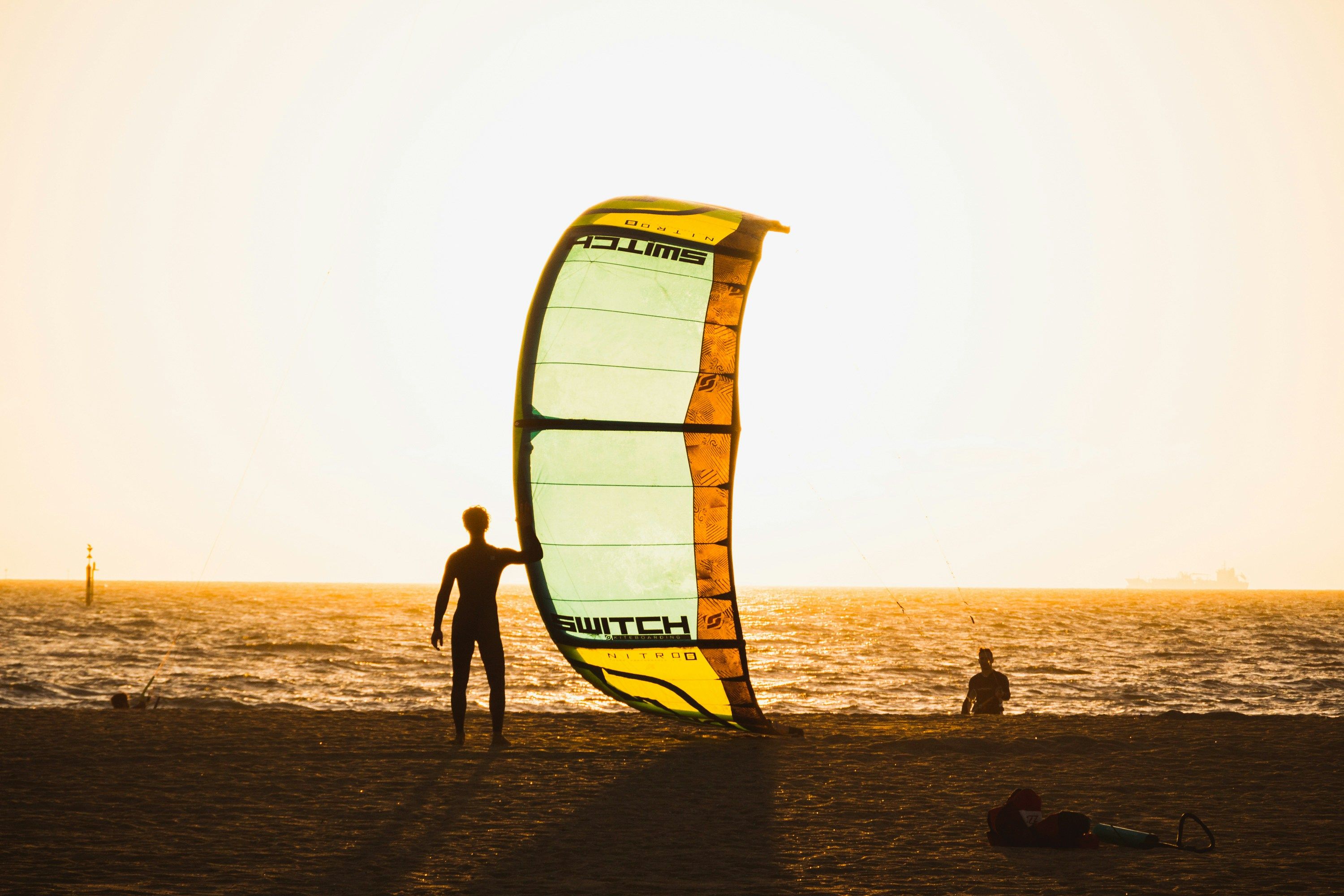
16/10/2025
Kitesurfing in Dubai

16/10/2025
The best gyms with sea views in Dubai

16/10/2025
How much does a doctor earn in Dubai?